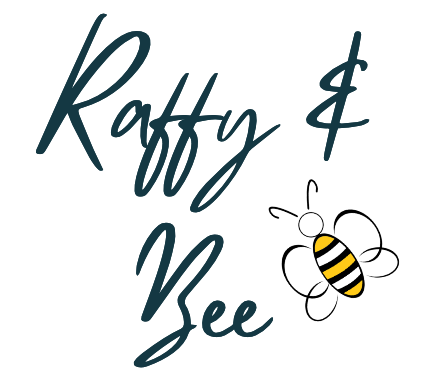5 reasons why Merino roving wool is a poor choice for arm knitting
As an avid knitter, you know that choosing the right type of wool can make or break your knitting projects. Merino wool is one wool that we choose a lot as it is soft and luxurious. One type that has recently gained popularity is merino roving wool.
However, contrary to popular belief, Merino roving wool is not the best option for arm knitting projects. Today I am going to explain why!
In this blog post, we will explore why merino roving wool is a no-no for knitting. We will delve into –
- The characteristics of merino roving wool
- Its pros, and cons
- Why it is not suitable for knitting
- Alternative types of wool that are better suited for big arm knitting projects
Important point about Merino roving wool
It is important to note that the purpose of this blog post is not to discredit Merino roving wool or discourage you from using it for other crafts. Instead, it is to provide crafters with valuable information that will help them make informed decisions when selecting wool for their arm knitting projects.
Merino roving wool lacks durability
One of the key reasons why merino roving wool should be avoided when it comes to knitting is due to its lack of durability.

Merino wool is known for being soft and comfortable. However, roving wool is processed in a way that leaves it loosely spun and more prone to pilling and wear and tear. As a result, garments made from merino roving wool may not have the same longevity as those made with sturdier wool varieties.
Additionally, the delicate nature of the fibre may make it more challenging to maintain, requiring more frequent washing and careful handling. For these reasons, it may be wise to consider alternative wool options for arm knitting projects that require garments with greater durability.
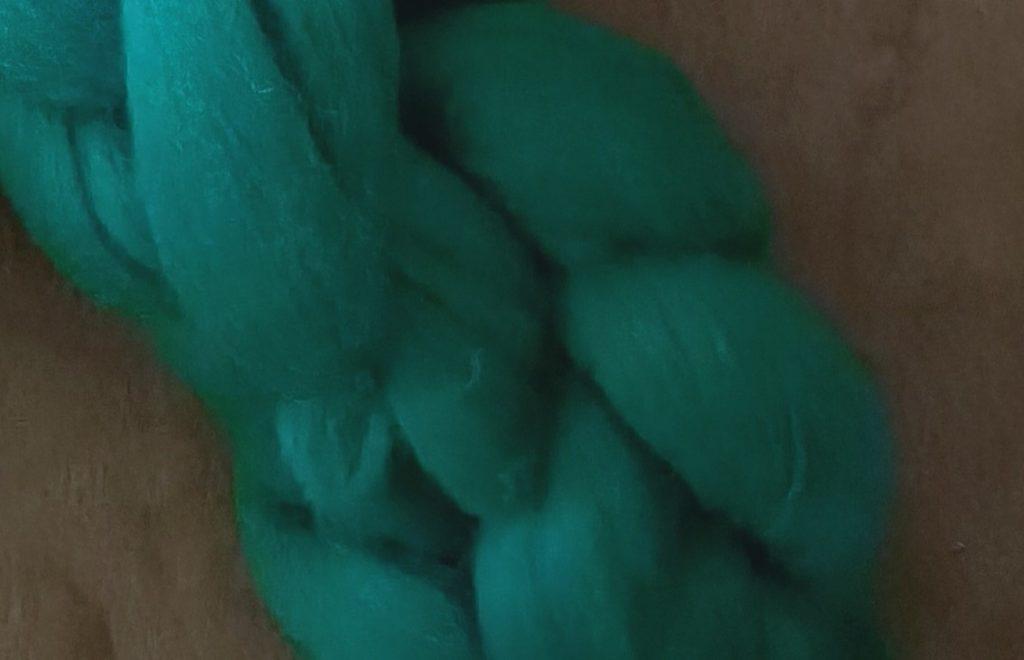
Merino roving wool has no structure
Merino roving wool is a type of wool that is often used for felting and spinning. However, it is not recommended for knitting due to its lack of structure.
Merino roving wool is essentially loose fibres that have not been spun into yarn. This means it does not have the strength or durability needed for knitting. When it is knitted, the resulting fabric will lack structure and may stretch or sag over time. Additionally, Merino roving wool is often difficult to work with, as it can be hard to control and may slip out of place. This video explains it well.
Merino wool is a high-quality material. But it is important to choose a yarn that is specifically designed for arm knitting in order to achieve the desired results. Using Merino roving wool for arm knitting is not ideal and can lead to unsatisfactory outcomes.
Merino roving wool is expensive
Merino roving wool looks great in the short term. However, it also comes with a hefty price tag, which makes it a no-no for knitting for several reasons.
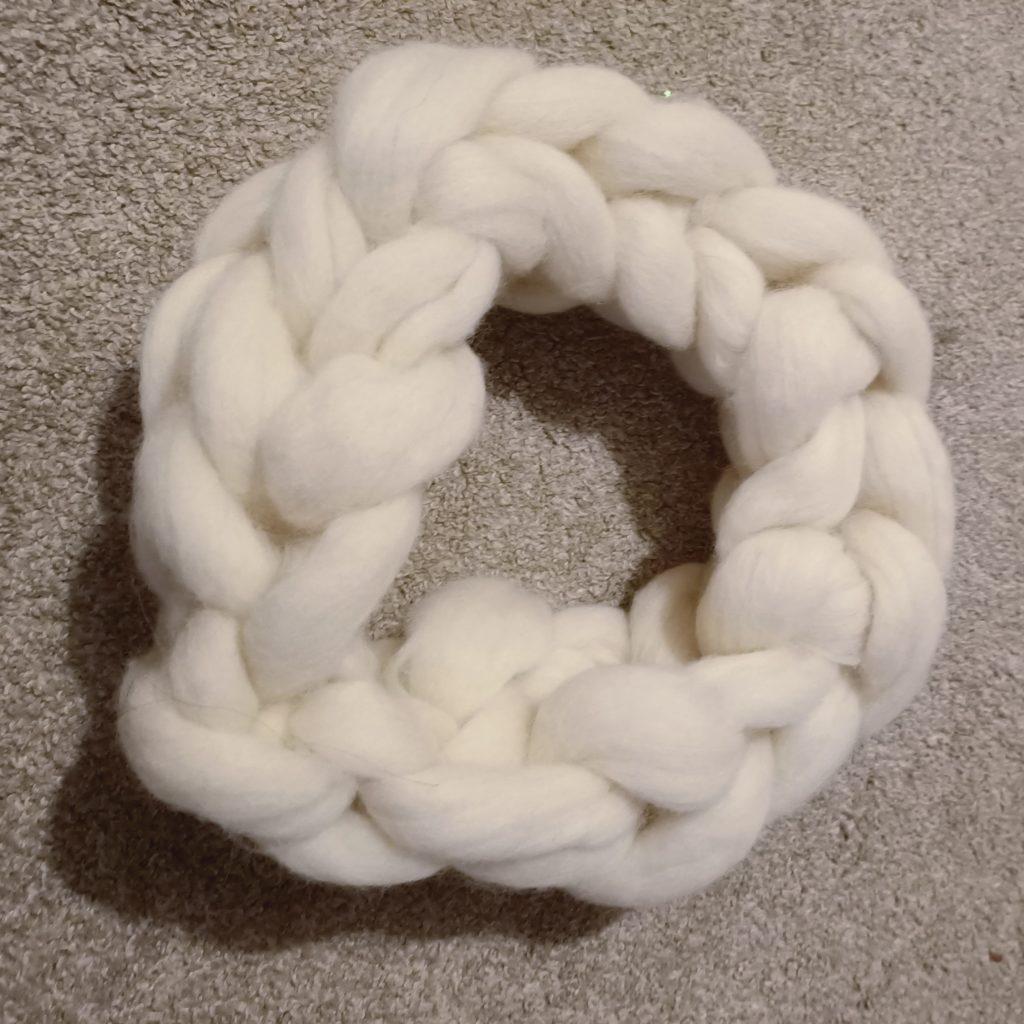
- Firstly, the expense of Merino roving wool can make it challenging for many knitters to justify the cost for their projects.
- Secondly, there are numerous other high-quality wool alternatives available that can produce similar results at a fraction of the cost.
- Finally, it is important to consider the environmental impact of using such an expensive and scarce resource for knitting. There are more sustainable options available, which I will explore in a later blog post.
Overall, Merino roving wool may be a desirable choice for some knitters. But he high cost and availability of more sustainable alternatives make it a difficult choice for many.
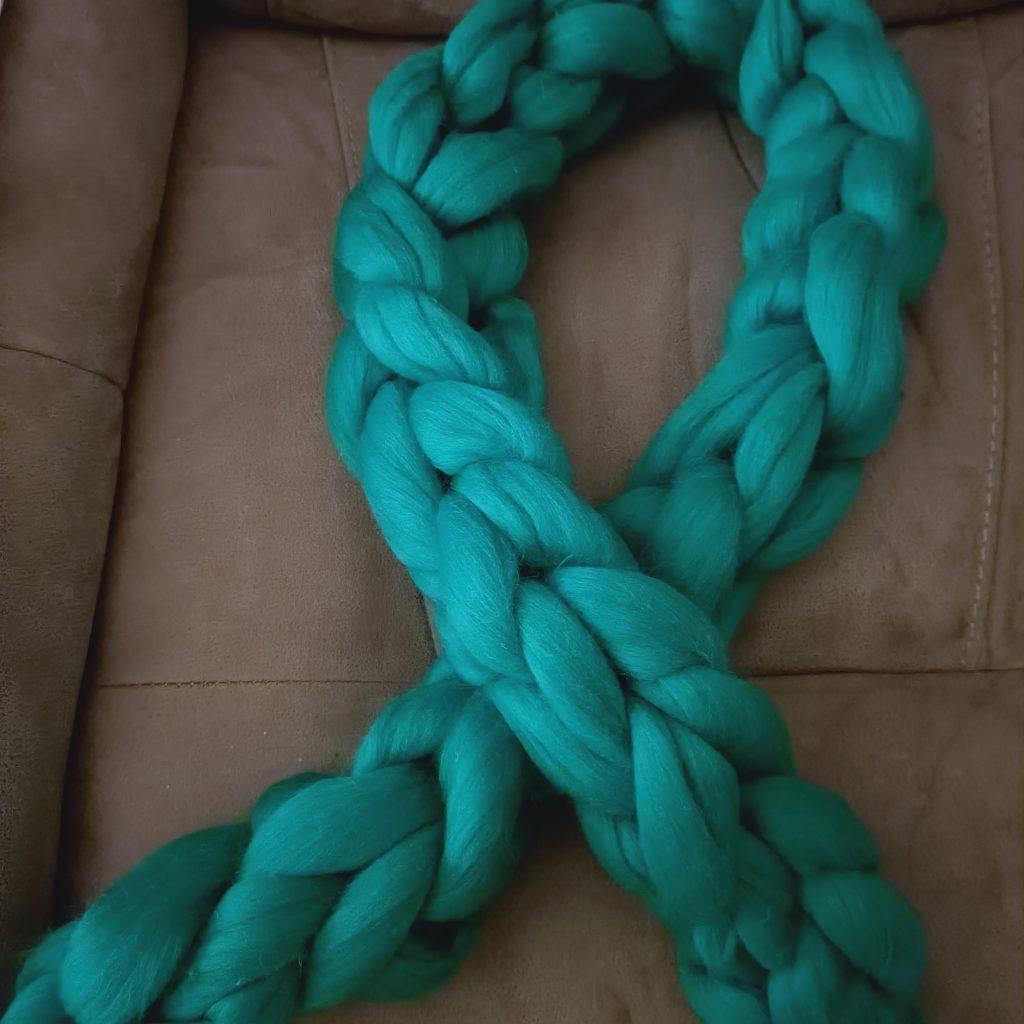
Not suitable for high-traffic wear
I have first hand experience of making, and wearing a Merino roving wool scarf, However, it went very wrong! It pilled and lost shape very quickly. And the shedding! I kept finding pieces of it all over the place! This picture shows it beginning to disintegrate after just one wear!
While it may be tempting to use merino roving wool for items such as sweaters, scarves, or hats that will be exposed to frequent use, it is not recommended. The delicate nature of the fibres makes them prone to pilling and matting, resulting in a worn and shabby appearance. My scarf did not look very good!
In summary, while merino roving wool may be a beautiful and soft option for knitting, it is important to consider its limitations and choose appropriate yarns for high-traffic wear items.
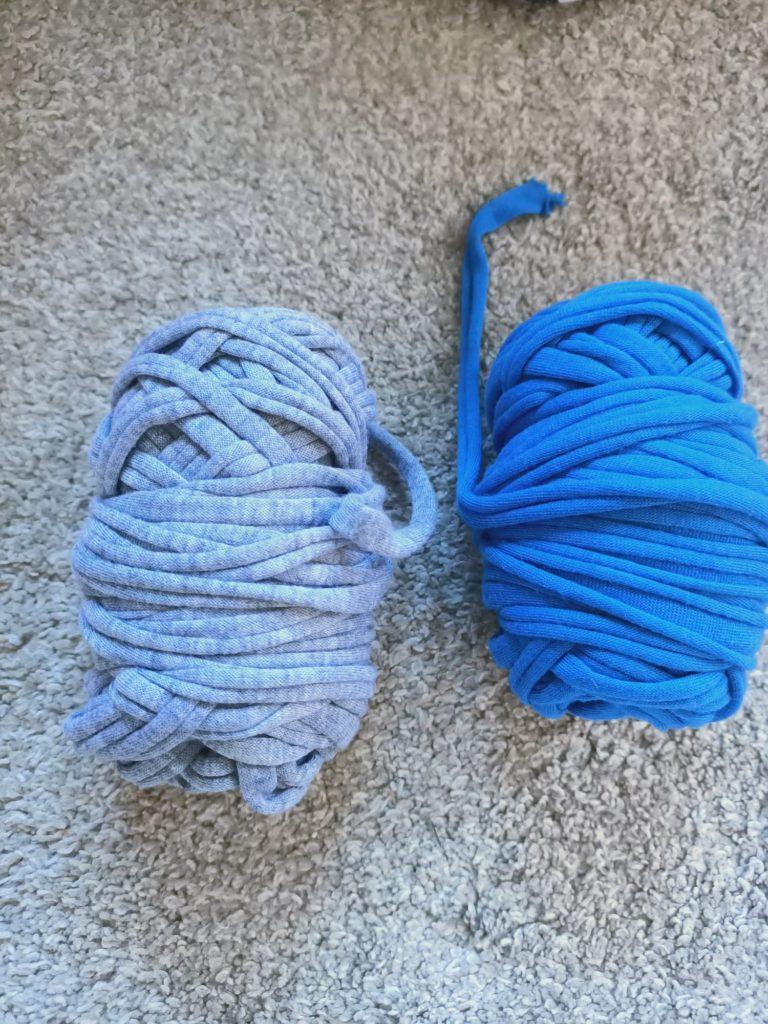
Environmental impact of Merino roving wool
When it comes to knitting, choosing the right material for your project is crucial. While Merino roving wool may seem like a popular choice, it’s important to consider the environmental impact of your materials.
Merino wool is often produced through intensive farming practices, which can have negative effects on the environment and animal welfare.
Additionally, the process of turning raw wool into roving wool often involves the use of chemicals and bleaches that can be harmful to both workers and the environment.
Are there better eco friendly alternatives available?
Fortunately, there are better eco-friendly alternatives available for those who want to make more sustainable choices in their knitting projects.
Consider using organic cotton, linen, or bamboo yarns, which are all renewable and biodegradable materials that are produced with less impact on the environment.
By choosing these alternatives, you can create beautiful and sustainable pieces that are both stylish and eco-friendly.
My thoughts on Merino roving wool
When I saw the wool online and people raving about it, I thought, yep, that looks great. But now I have used it and looked into it more, I think differently.
Merino roving wool may be tempting due to its softness and affordability, but it is not the best choice for knitting projects.
The lack of twist in the roving can make it difficult to work with and result in uneven, weak finished products.
It’s important to choose a yarn that is specifically designed for arm knitting to ensure the best results.
T Shirt yarn a lot as it is kinder to the environment and has more structure to it. That is why I use it such a lot in may makes. I am also looking to try chunky yarn made with recycled plastic bottles, so I will write a blog post on that when it arrives and when I have arm knitted with it.
I want to do my bit to protect the environment, and I do this by choosing eco friendly yarns that are sustainable.
